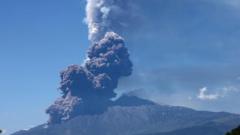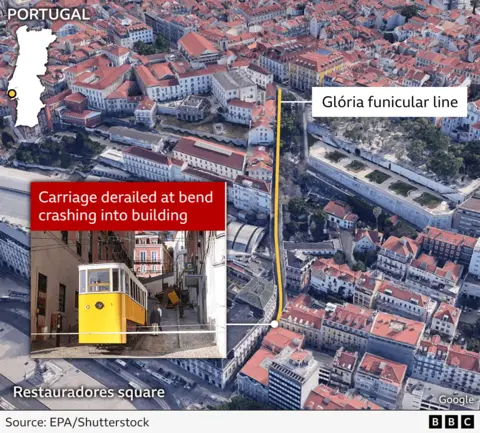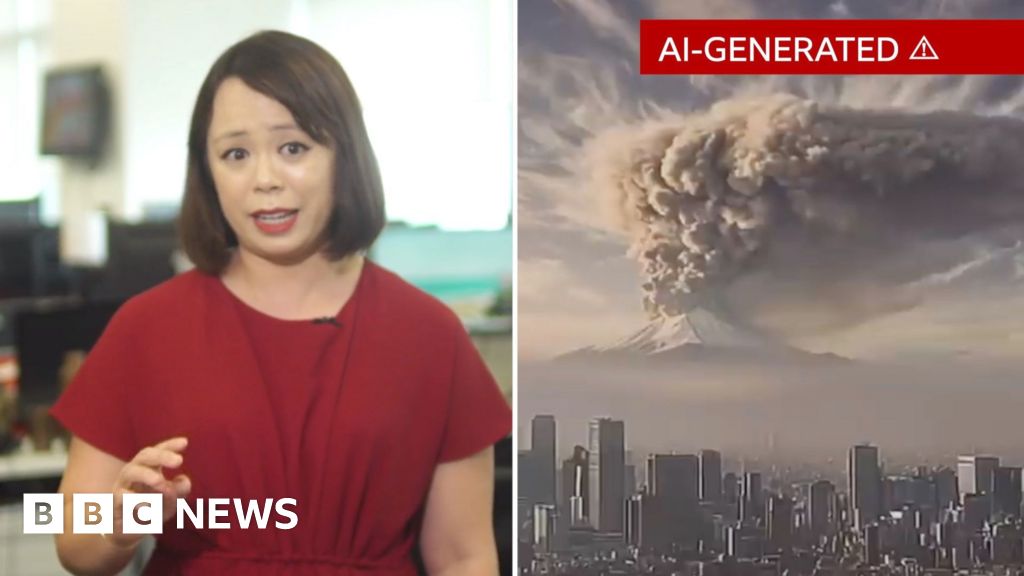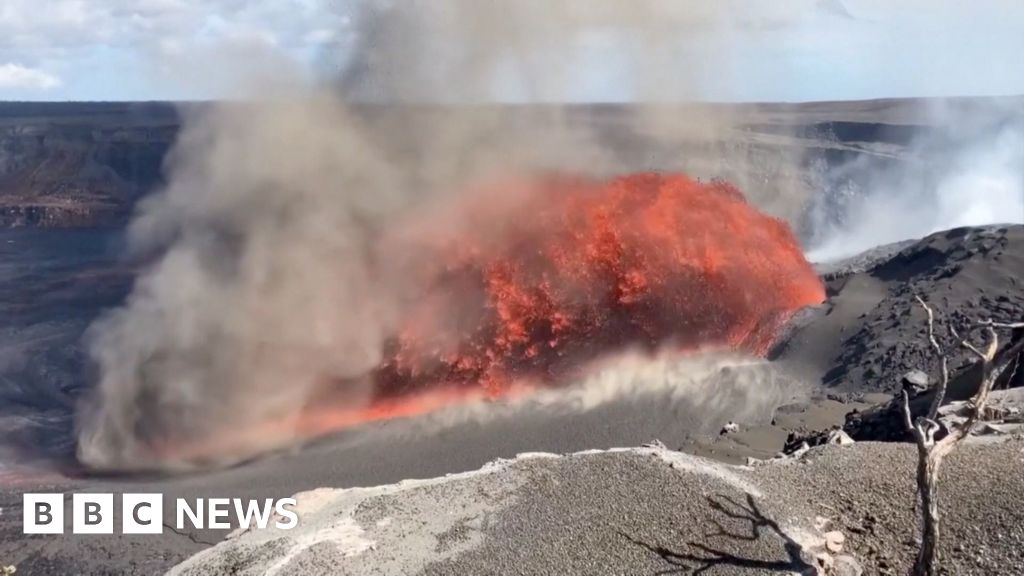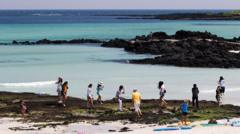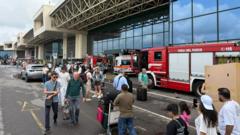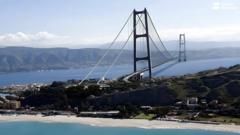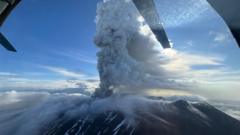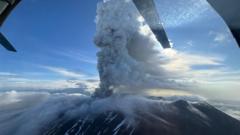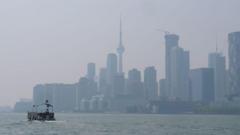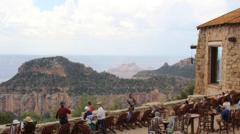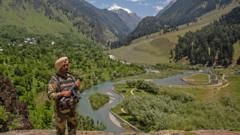The iconic Mount Etna in Sicily has erupted, releasing large plumes of ash and gas into the atmosphere, drawing attention to its status as one of the world's most active volcanoes. Footage captured on Monday morning showed significant volcanic material ejected from the mountain. According to Italy's National Institute of Geophysics and Volcanology (INGV) Etna Observatory, a series of explosions of "increasing intensity" were detected early in the morning.
Although the eruption is ongoing, the overall impact appears to be minimal as flights to and from the island's airports continue unimpeded. The INGV has noted that the latest eruption originated from the south-eastern edge of the volcano, where a known fissure—approximately 200 meters in width—exists. This geological activity involves rapid movement of pyroclastic flow, a mixture of ash, gas, and rock that emerged from the volcano’s slopes following a reported partial collapse of the crater.
Geologists monitoring Mount Etna have expressed that, while the presence of pyroclastic flow can pose serious risks, immediate danger to the surrounding areas has not yet been established. The volcanic material, as of the latest reports, has not traversed beyond the Valley of the Lion, a well-known point frequented by tourists en route to the summit.
The INGV's thermal imaging confirmed an active "Strombolian" eruption, characterized by intermittent explosive bursts caused by gas pressure within the magma. This eruptive behavior is akin to the release of gas from a carbonated beverage, where the sudden burst can project material upwards. Although such eruptions can be hazardous for aircraft, initial alarms concerning flight operations in the vicinity have since been lifted.
Mount Etna's last known significant eruption occurred in February, causing notable flight diversions due to ash clouds. Authorities have issued warnings for tourists advising against proximity to lava flows as precautions are upheld amidst the eruption's continuing developments.
As the situation unfolds, monitoring agencies remain vigilant in assessing the risk and providing updates for both the local population and visitors, ensuring safety measures are in place to manage the dynamic volcanic landscape.
Although the eruption is ongoing, the overall impact appears to be minimal as flights to and from the island's airports continue unimpeded. The INGV has noted that the latest eruption originated from the south-eastern edge of the volcano, where a known fissure—approximately 200 meters in width—exists. This geological activity involves rapid movement of pyroclastic flow, a mixture of ash, gas, and rock that emerged from the volcano’s slopes following a reported partial collapse of the crater.
Geologists monitoring Mount Etna have expressed that, while the presence of pyroclastic flow can pose serious risks, immediate danger to the surrounding areas has not yet been established. The volcanic material, as of the latest reports, has not traversed beyond the Valley of the Lion, a well-known point frequented by tourists en route to the summit.
The INGV's thermal imaging confirmed an active "Strombolian" eruption, characterized by intermittent explosive bursts caused by gas pressure within the magma. This eruptive behavior is akin to the release of gas from a carbonated beverage, where the sudden burst can project material upwards. Although such eruptions can be hazardous for aircraft, initial alarms concerning flight operations in the vicinity have since been lifted.
Mount Etna's last known significant eruption occurred in February, causing notable flight diversions due to ash clouds. Authorities have issued warnings for tourists advising against proximity to lava flows as precautions are upheld amidst the eruption's continuing developments.
As the situation unfolds, monitoring agencies remain vigilant in assessing the risk and providing updates for both the local population and visitors, ensuring safety measures are in place to manage the dynamic volcanic landscape.

